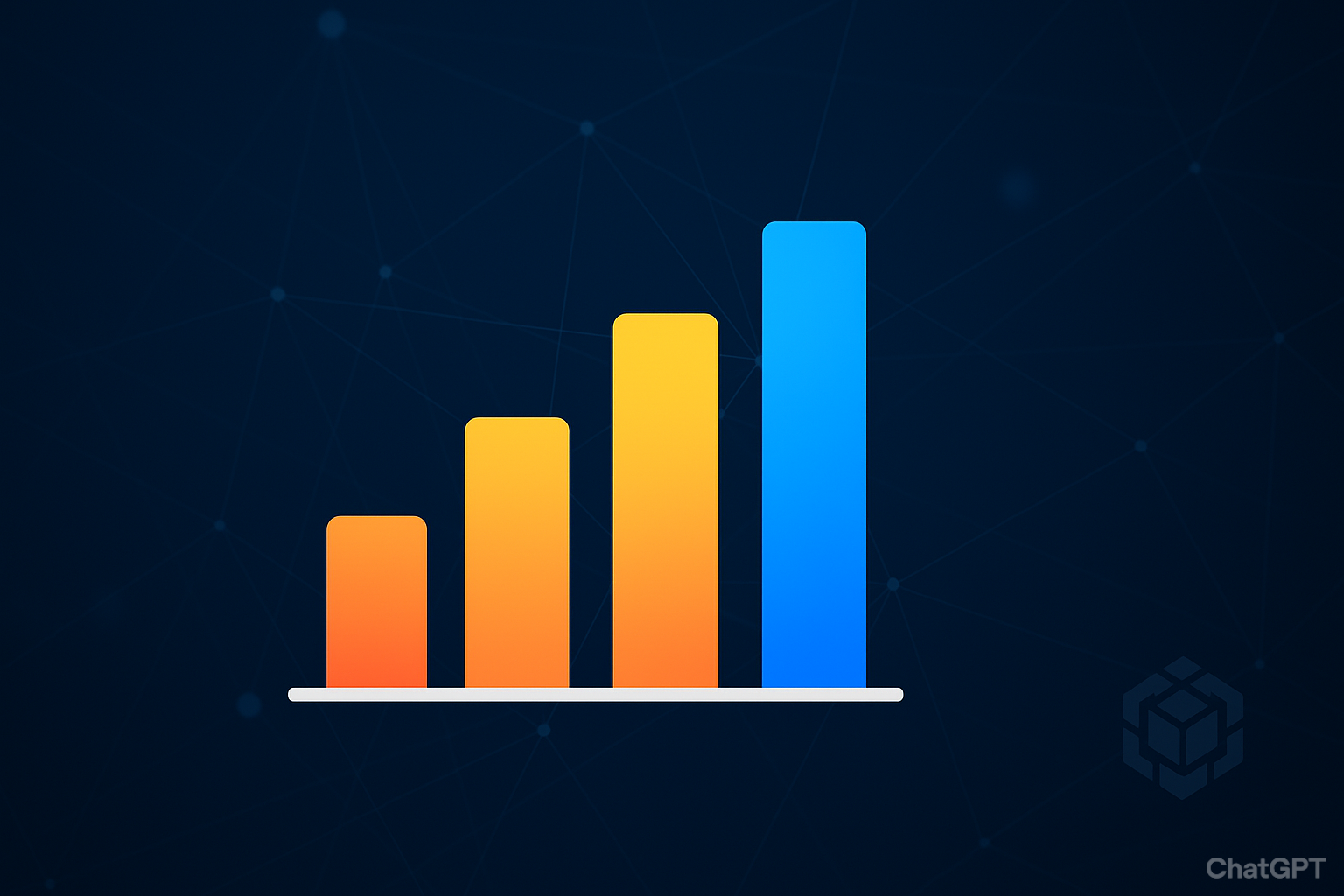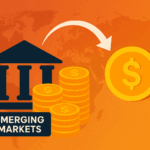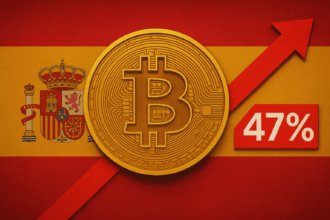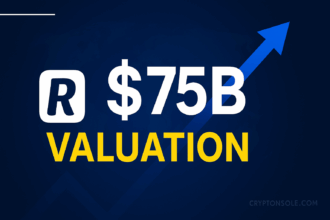Key Takeaways
- In the latest 24-hour period, BNB Chain led all blockchains in transaction fee revenue, reflecting elevated usage and demand.
- Hyperliquid also recorded very strong fee performance and in some reports even surpassed5 BNB in certain intervals.
- Solana, while substantial, trailed behind in fee generation compared to BNB and Hyperliquid.
- The data suggests strong growth in on-chain usage, active trader demand, and shifting network dynamics.
Fee Rankings & Data Overview
Recent on-chain and analytics data highlight a changing competitive landscape among blockchain networks in terms of fee generation:
- According to CryptoPotato, BNB Chain’s daily fees surged to approximately USD 1.1–1.4 million, while Solana’s 24-hour fees cooled to roughly USD 0.85–0.95 million during a recent observation window.
- Meanwhile, Hyperliquid has posted remarkable fee figures. Artemis / network data suggest Hyperliquid collected USD 3.2 million in network fees over a 24-hour period, outpacing both Solana and Ethereum in that interval.
- Bitget reporting underscores Hyperliquid’s dominance in certain periods, noting that it overtook not only Solana but also Ethereum in fee generation.
- Even so, the lead by BNB Chain as top fee-earning chain in some recent periods indicates robust ecosystem activity, especially as new decentralized exchanges and usage on BNB Chain gain traction.
These figures suggest that while Hyperliquid is making aggressive inroads in fee revenue, BNB Chain continues to command significant usage and network demand.
Why Fees Matter & What This Signals
Transaction fees are a useful proxy for network usage, demand, and economic activity on a blockchain. Higher fees generally signal:
- Strong demand for blockspace (many users or high-value transactions competing for limited capacity).
- Active trading, DeFi, or application usage in the ecosystem.
- Monetary value accruing to validators or protocol revenues (depending on fee models).
In the case of BNB Chain, recent developments such as the rise of Aster DEX, increased trading activity, and strategic positioning of BNB as a key network may be contributing to sustained usage and fee pressure.
For Hyperliquid, its ability to outpace more established networks like Solana or Ethereum in fees (even if over limited periods) suggests it is successfully capturing a segment of activity, possibly in derivatives, novel trading models, or high-frequency use cases.
Challenges & Considerations
- Volatility & Temporal effects: Fee rankings can shift rapidly. A short burst of activity (e.g. a new DEX launch, token launch or trading event) may temporarily skew rankings.
- Network design differences: Block size, throughput, congestion, discounts, and protocol fee-sharing models differ across chains, affecting how fee revenues evolve.
- Competition & fee pressure: As chains compete to attract users and liquidity, fee reductions or optimizations may compress margins. BNB Chain has already discussed proposals to further lower gas fees.
- Sustainability & scalability: Chains generating high fees need to ensure infrastructure can scale and sustain load without compromising performance or user experience.
What to Watch Next
- Fee trends over 7-day / monthly windows: Whether BNB and Hyperliquid can maintain or extend their lead.
- New protocol launches or DEXs: Further catalysts (e.g. new trading platforms, yield protocols) may drive jumps in fee activity.
- Fee reduction proposals & governance decisions: Especially on BNB Chain, proposals to lower gas or block times may affect network attractiveness vs. competition.
- User behavior shift: Whether traders and applications will migrate toward chains with lower effective overall cost (fees + latency + reliability).
- Comparative metrics: Correlate fee revenue with transaction count, TVL (total value locked), and network growth to get a fuller picture.
Bottom Line
BNB Chain currently sits at the top of the 24-hour fee charts, underscoring its strong network usage and growing ecosystem momentum. Hyperliquid is aggressively rising, occasionally overtaking more established chains in fee generation. Solana, while still a major player, is now trailing in this specific metric in certain windows. As the blockchain space intensifies in competition, tracking fee dynamics offers a front-line view of where market participants are gravitating and which networks are gaining traction.
OQYCHCCF












